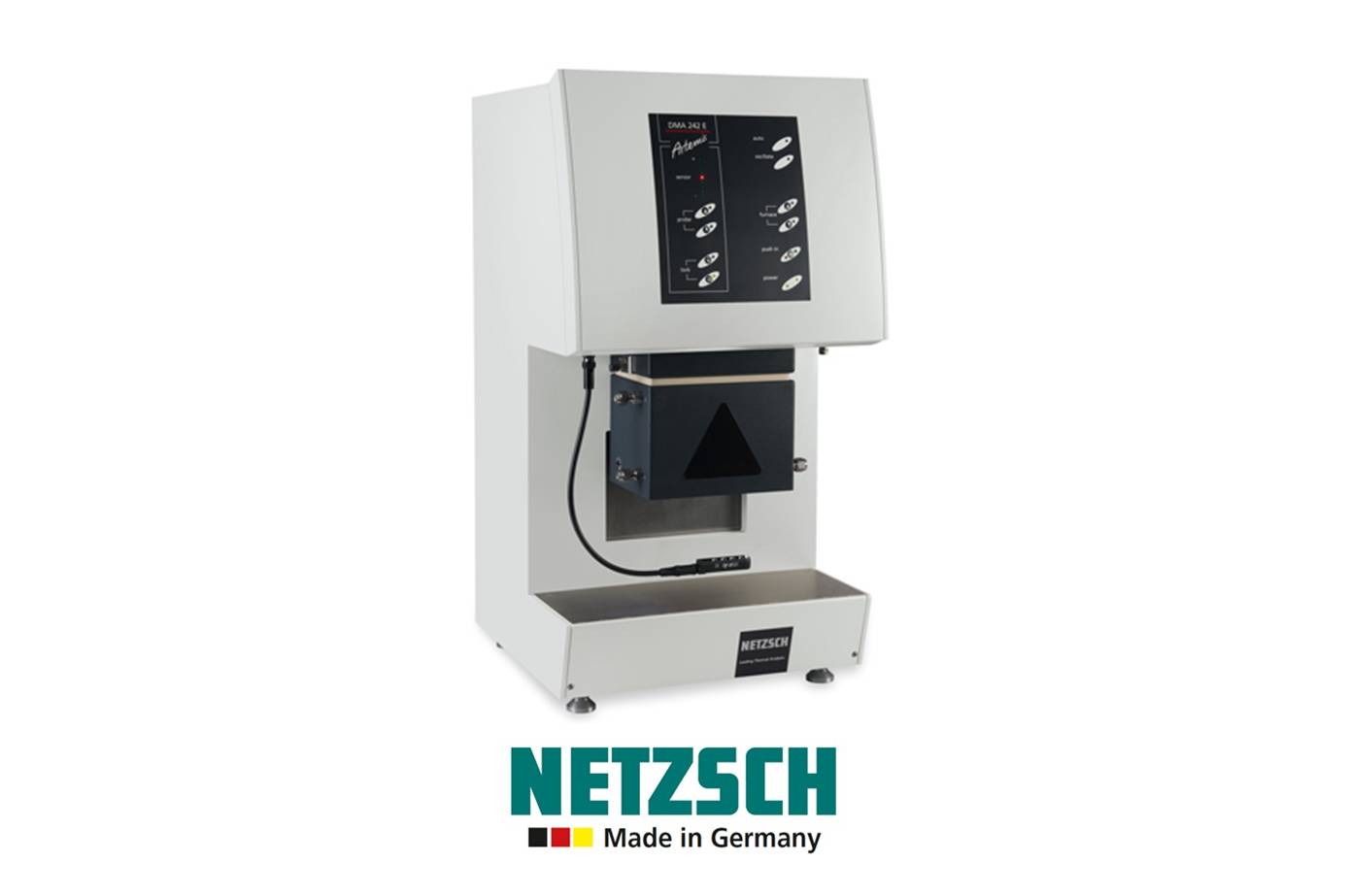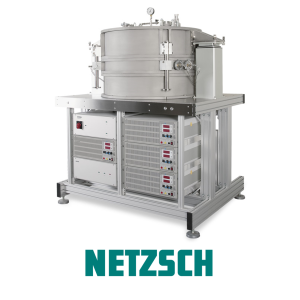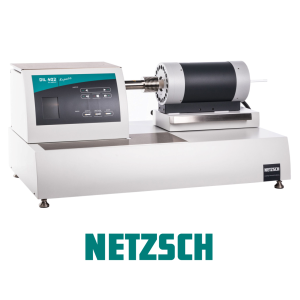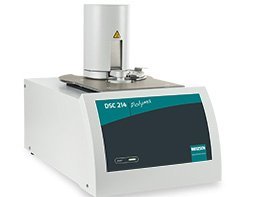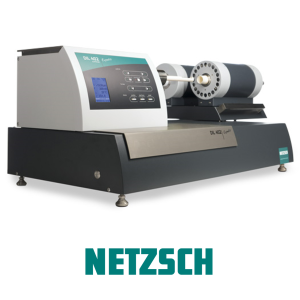תיאור
Hang-down design
for easy accessibility, handling and changing of the different sample holders
Over 30 different sample holders
for optimal adjustment of measurement conditions to material properties
Controlled gas flow (inert or oxidizing)
with optimal heat transfer on samples for defined measurement conditions
Various cooling options.
Two different cooling systems; liquid nitrogen-controlled cooling to -170°C and compressed-air cooling with vortex tube to cool to 0°C
Controlled force range up to 24 N
(12 N static and 12 N dynamic) for measurements of very stiff samples. Increased resolution in the measuring range 4 N static and 4 N dynamic
A stepper motor with a 20-mm travel range
allows for precise testing on materials which exhibit substantial changes in length during a DMA measurement. This is particularly important for the different static experiments available with the DMA 242 E Artemis; i.e., creep, relaxation and TMA mode.
-
Temperature range:
-170°C to 600°C
-
Heating rate:
0.01 to 20 K/min
-
Frequency range:
0.01 to 100 Hz
-
High force range:
24 N (12 N static and 12 N dynamic)
-
High resolution force range:
8 N (4 N static and 4 N dynamic)
-
Controlled strain amplitude:
± 240 μm
-
Static deformation:
Up to 20 mm
-
Modulus range:
10-3 to 106 MPa
-
Damping range (tanδ):
0.005 to 100
Software
The DMA 242 E Artemis runs under Proteus® Software on Windows®. The Proteus® Software includes everything you need to carry out a measurement and evaluate the resulting data. Through the combination of easy-to-understand menus and automated routines, a tool has been created that is extremely user-friendly and, at the same time, allows sophisticated analysis. The Proteus® Software is licensed with the instrument and can of course be installed on other computer systems.
DMA features:
- Logarithmic or linear scaling of the results (e.g. storage modulus, loss modulus, damping factor, resilience, length change) in up to 4 Y axes
- Display of the measurement parameters (e.g. force, displacement, amplitude, offset) as a function of time, temperature and frequency.
- Definition of values on every data plot
- Length-change curve with evaluation of the coefficient of linear thermal expansion
- Superposition (master curve) in accordance with the Williams-Landel-Ferry-equation
- Activation energy in accordance with Arrhenius analysis
- Cole-Cole diagram
- Force-displacement or stress-strain diagram
- Tension-expansion diagram for strain/stress sweeps (optional)


